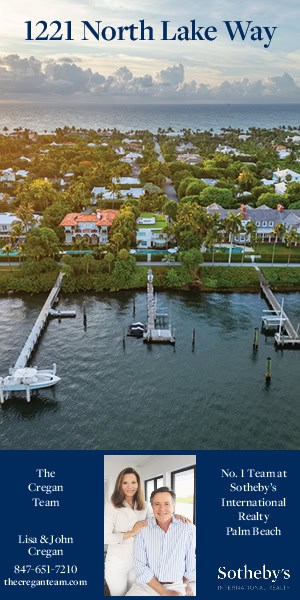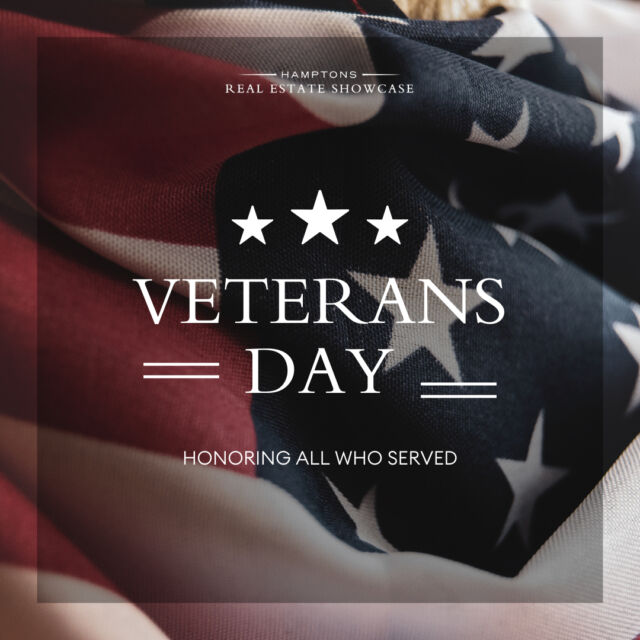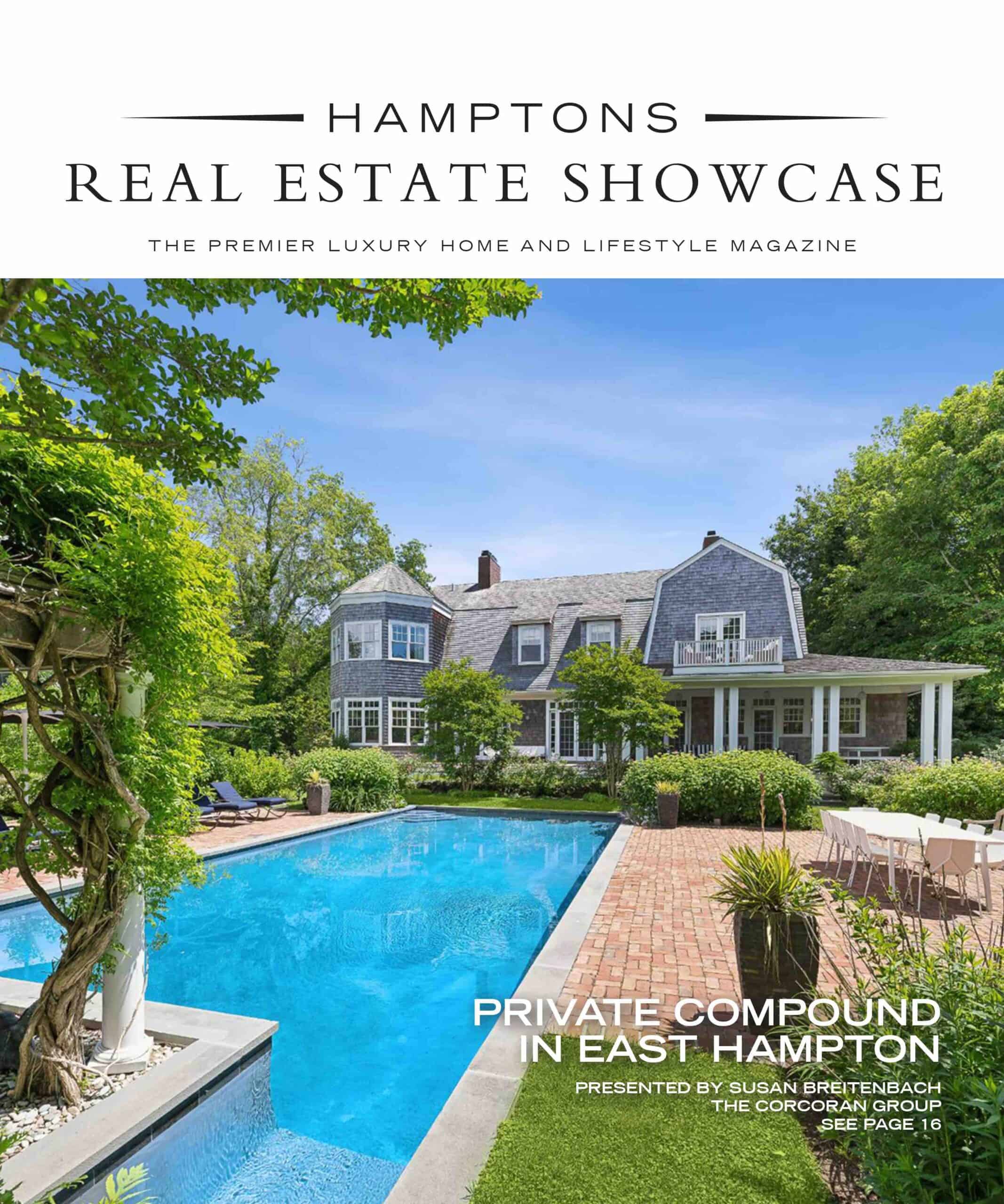After a career on Wall Street, Robert Hooke moved to London where he opened his own financial firm. While banking was always his primary career, art was his secondary. Even while still in New York he had been mentored by sculptor Hartbert Kellem, who gave Hooke a key to his studio so that the fledgling sculptor could hammer and chisel away during his off hours.
While in London, Hooke pursued such extreme sports as bungee jumping, skydiving, heli-skiing, and even completed a single-handed sailing trip across the Atlantic. He also played polo and owned his own ponies, which makes a lot of sense when you consider that many of the subjects of his work are horses – along with human figures and other animals, especially wild, such as elephants, birds and big cats.
His work is not in the details, nor is it abstract. “The specifics of anatomy are not important. My art is about stance,” he says. “That’s where the message is. When you look at people and animals it’s their body positions that tell you what’s going on.” His goal is “to capture the essence” of his subjects rather than represent their physiques accurately. “I don’t care as long as it looks right.”
The stance is evident in the poses he chooses. “They’re never just standing. They’re always doing something that’s characteristic of them.” For a pair of bronze life-size horses, on the Sag Harbor property of Susan Goldstein, the duo are interacting with each other. For another piece of a stallion he “tried to capture its thick neck rearing his head up with aggression to give impression that it’s a stallion.” For a colt the head is “shyly pushing forward to sniff you.”
As always, the internationally known artist has a booth at the Hampton Classic with artwork ranging from $5,000 to $200,000. He also exhibits in such horsey places as Wellington, FL and Saratoga Springs, NY.
Jim Gingerich
Known for his vibrant dynamically shaded paintings of the South Fork’s fields and beaches, artist Jim Gingerich took a sabbatical from the East Coast last year and landed in the high desert of Utah’s southwest corner, through which he had driven in the ‘70s in a VW bus on trips between his home state of Texas and his college town of Eugene, Oregon. “I’d promised myself to return someday.”
For one thing he was “tired of the color green,” which saturates the Hamptons landscape. He also yearned to “get away from the moist haze of sea level and climb to the crystal light of 5,000 feet, a humidity of 12 percent.” ”
There, on the western cusp of the Colorado Plateau, Gingerich found a horse ranch overlooking Smithsonian Butte and the wilderness surrounding Zion National Park. “My vision expanded in the vast space and the rusty red volcanized landscape excited me. I welcomed the opportunity for verticality in my work.”
Having a way with words along with a paintbrush, the artist describes the rancher as a “sunburnt, sinewy Mormon who’d raised over 400 horses and had recently sold his remuda of Arabians.” He was now down to just two horses, a pair of white fox trotters, Lucy and Fresca. “You can imagine the fine quality and temperament of those two mares.”
During his year there Gingerich painted every day and in the evening rode Lucy out into the foothills of Zion. “Gradually I became intoxicated by the smell of horse sweat and sage, the creak of saddle leather, the cry of a lone hawk.” You can almost smell the scent of horses and canyon country rising off his canvases.
He has now returned home to the Hamptons.
Gingerich has been widely exhibited at major galleries and museums including the Yale University Art Gallery where one of his paintings hangs alongside works by Jasper Johns, Willem De Kooning and Robert Rauschenberg. His collectors include Eric Clapton, Robert DeNiro, Roy Scheider and Kurt Vonnegut.













![Experience the epitome of coastal country living in this newly constructed, quality craftsmanship waterfront home on James Creek, leading to Peconic Bay. With 80± ft. of prime waterfront, 4060 Ole Jule Lane showcases thoughtfully landscaped grounds, a bluestone patio, outdoor shower, and a refreshing saltwater pool. Represented by @nataliealewis of @coldwellbanker. [link in bio]](https://hamptonsrealestateshowcase.com/wp-content/uploads/sb-instagram-feed-images/467188671_18474458155030135_7164624532118372206_nfull.webp)
![Welcome to 122 Mill Pond Lane, an impeccably conceived and meticulously maintained residence in a dramatic west-facing setting on Mill Pond. Throughout the home are thoughtfully considered elements that reinforce the home’s clean, modern sensibility. Represented by @kraelyllahamptons of @hamptonsrealestate. [link in bio]](https://hamptonsrealestateshowcase.com/wp-content/uploads/sb-instagram-feed-images/466787127_18474263443030135_2753720635361764689_nfull.webp)

![Perched atop the dunes at Louse Point sits 2 picturesque homes at 88 & 86 Louse Point Road, both perfect for enjoying all seasons that East Hampton has to offer. Each thoughtfully designed home maximizes the topography to allow seamless indoor/outdoor living and entertaining. Represented by @petrieteam of @compass. [link in bio]](https://hamptonsrealestateshowcase.com/wp-content/uploads/sb-instagram-feed-images/466619407_18473886082030135_7330054085188815713_nfull.jpg)
![Get cozy every Friday at Canoe Place Inn! 🍫🔥 Gather around the fire on our Garden Lawn for Fireside Fridays all season long, where evenings are warmed up with hot cider, hot chocolate, s’mores, and cocktails. Enjoy live acoustic music on select dates, and with your first drink, receive a complimentary s'mores kit! [link in bio]](https://hamptonsrealestateshowcase.com/wp-content/uploads/sb-instagram-feed-images/466374901_1761070534297706_6837753985329213061_nfull.jpg)
![Musical Superstar and Sag Harbor resident Billy Joel has listed his 26± acre Long Island estate for $50M. Assembled over time on adjoining parcels, the Centre Island compound features a 20,000± sq. ft. main home plus several additional structures—all with access to 2,000± ft. of private shoreline boasting a dock and a boat ramp. [link in bio]](https://hamptonsrealestateshowcase.com/wp-content/uploads/sb-instagram-feed-images/465973748_18473309701030135_6935355293028123088_nfull.jpg)
![51 Mashomuck Drive presents an exquisite estate spanning 1.1± acres with 145± ft. of bulk-headed waterfront. The main residence, offering captivating vistas of Sag Harbor Bay and Shelter Island, encompasses 7,800± sq. ft. of living space, boasting 7 beds, 9.5 baths, and a media room/gym area. This turn-key retreat embodies opulence and comfort, inviting a life of unparalleled luxury. Represented by @cindyascholtz and @jvonhagn of @compass. [link in bio]](https://hamptonsrealestateshowcase.com/wp-content/uploads/sb-instagram-feed-images/466104990_18473128246030135_2802294086252776198_nfull.jpg)
![In a prime East Hampton Village location, 64 West End Avenue is surrounded by preserved land and offers complete privacy situated on the shores of Georgica Pond with breathtaking sunset views. With both ocean and pond views, residents can indulge in swimming and sunbathing at the waterside gunite pool. Represented by @marthagundersenluxurybroker and @paulbrennanrealestate of @douglaselliman. [link in bio]](https://hamptonsrealestateshowcase.com/wp-content/uploads/sb-instagram-feed-images/465766544_18472922440030135_758297788107249653_nfull.jpg)
